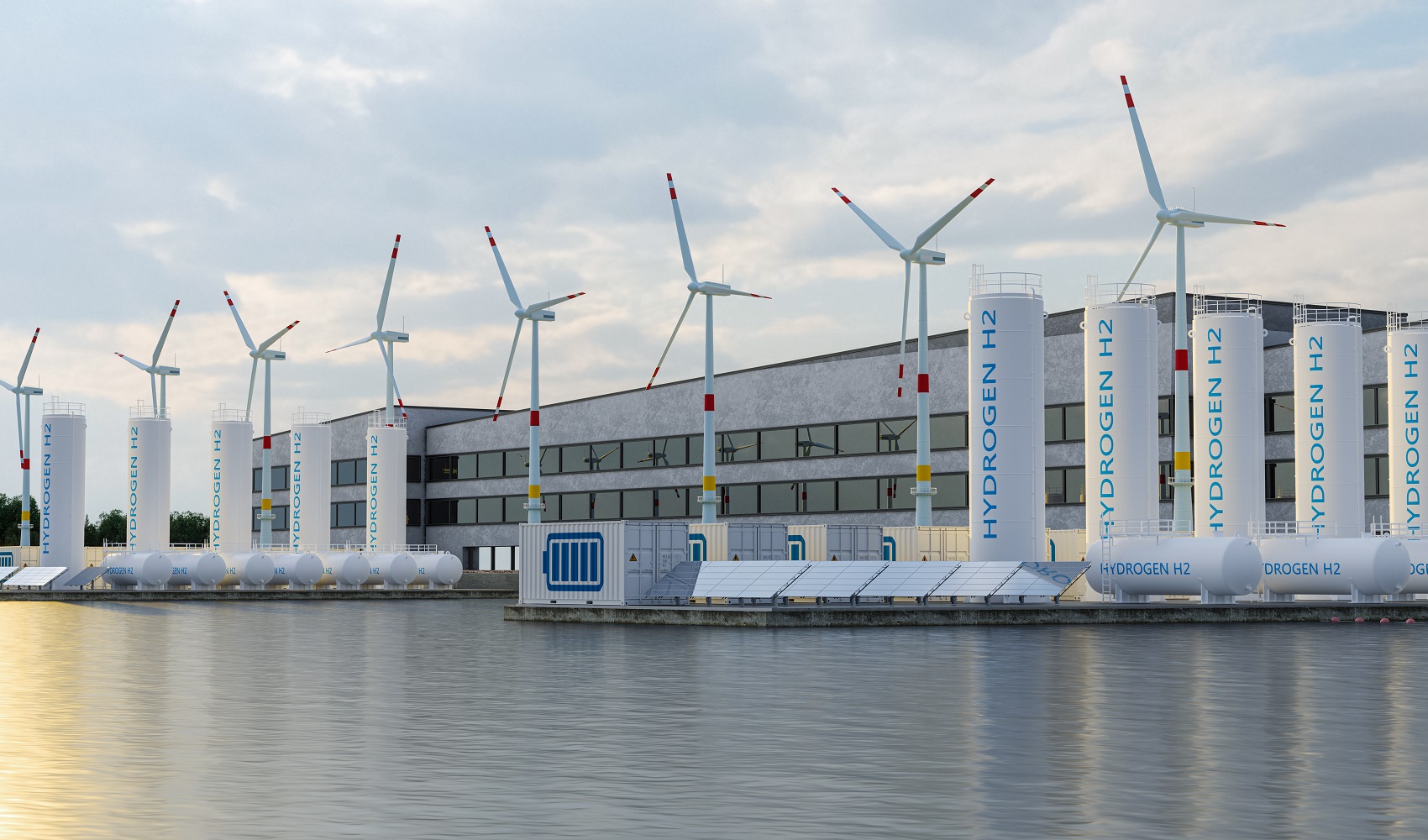In today’s world of work, leaders are constantly challenged to drive productivity whilst embodying purpose. The modern business environment often pits short-term gains against long-term impact, creating tension for leaders who strive to deliver both. At Xynteo, we have been asking the question: can a relentless drive for productivity coexist with a deep, meaningful sense of purpose?
Purpose-driven organisations inspire their employees, foster loyalty among customers, and create meaningful societal impacts. However, the pursuit of immediate productivity often leads to a disconnect between a company’s mission and its day-to-day operations. At Xynteo, we believe aligning purpose and productivity is challenging but immensely rewarding. Leaders need to think systemically, act compassionately and embrace innovation. In this article, we explore the historical context that has shaped purpose and productivity, the power of integrating them, and the leadership mindset and capabilities necessary to achieve this balance.
The evolution of corporate productivity and purpose
Productivity has long been synonymous with efficiency. The Second Agricultural Revolution in the 18th and 19th centuries introduced advancements such as land enclosures, newer ploughs, and crop rotations, which significantly boosted yields. The Second Industrial Revolution saw mechanisation and technology dramatically drive output. The digital age’s focus on information processing has transformed global supply chains. The pursuit of productivity has been relentless and transformative. Corporate purpose gained attention in the mid-20th century with the rise of corporate social responsibility (CSR). Companies like Johnson & Johnson led the way by embedding social values into their mission statements. The 1980s introduced the stakeholder theory, emphasising that businesses should serve all stakeholders, including employees, customers, and communities, not just shareholders.
Today, productivity means effectively and efficiently using resources to maximise output without compromising quality, viewed through financial performance and market positioning. Purpose, on the other hand, is the underlying intent guiding a company, encompassing social and environmental goals beyond profit, reflecting a commitment to societal well-being. Understanding these definitions helps us appreciate the essential integration of purpose with productivity to navigate the complexities of the 21st century.
How do purpose and productivity challenge each other?
In corporate governance, purpose and productivity often find themselves in a delicate tug-of-war. Productivity aims to optimise output and efficiency, while purpose seeks to align business operations with broader ethical and social objectives. This tension can lead to conflicts where pursuing one inadvertently compromises the other.
The real challenge lies in finding the balance where purpose and productivity can coexist without one undermining the other. This requires creating synergies where ethical business practices enhance operational efficiency and innovation. Achieving this balance requires leadership who think systemically, act compassionately and look for new ways to build innovation into their strategies. When companies successfully integrate purpose with productivity, they not only navigate these tensions but also unlock new pathways for growth and resilience. This brings us to the critical question: What does good look like when combining purpose and productivity?
The power of purpose-driven productivity
When purpose and productivity are balanced, they create a business model driving financial success and reinforcing the organisation’s purpose. The following examples showcase how companies can thrive by applying systems thinking, compassion, and innovation, simultaneously enhancing their bottom line while contributing positively to people and the planet.
Example 1: Patagonia, the poster child for purpose-driven productivity
Yvon Chouinard, founder of Patagonia, integrated sustainability into the fabric of Patagonia’s operations and brand identity. Under his leadership, Patagonia led environmental activism, influencing its market position and customer loyalty significantly. This commitment to sustainability is central to its business model, from product design using recycled materials to corporate initiatives like pledging 1% of sales to environmental causes. Chouinard’s leadership has ensured sustainability is not just an add-on but the core of Patagonia’s identity, resonating strongly with a dedicated consumer base valuing ethical and environmental responsibility.
Example 2: Nokia’s Bridge Programme, supporting staff through restructuring
Nokia implemented the Bridge Programme during significant redundancies and restructuring. Recognising redundancies as a complex challenge affecting employees and the community, the Bridge Programme aimed to mitigate negative consequences by providing outgoing staff with training, entrepreneurial support, financing, and job placements. This approach demonstrated Nokia’s desire to think systemically and consider life beyond the organisation, helping maintain morale and protect the company’s reputation during a turbulent period.
Example 3: Interface, innovation for efficiency and impact
Ray Anderson transformed Interface from a traditional carpet manufacturer into a global leader in sustainable business practices. His realisation about the environmental impact of industry spurred a fundamental shift towards innovative, sustainable practices. Interface’s journey under Anderson’s leadership involved pioneering new materials and production methods that reduced waste and emissions. Interface successfully achieved its Mission Zero goals by 2020, eliminating any negative environmental impact. This monumental achievement set the stage for the Climate Take Back programme, aiming to reverse global warming and create a climate fit for life. Interface’s continued innovation aligns with environmental goals and drives business efficiency and market competitiveness, proving sustainable operations can significantly enhance a company’s performance.
Taking bold steps for purpose-driven productivity
Integrating purpose with productivity is transformative for businesses that want to thrive in our complex, interconnected world. This is an ongoing process and requires bold, resilient leaders able to respond to and manage when tensions between the two arise. The exemplary responses from Nokia, Interface, and Patagonia are all snapshots of moments where leadership acted responsibly and appropriately. These companies have responded to their respective challenges and have developed in different ways following these pivotal examples.
When leadership sets a strong foundation built on these three pillars—systems thinking, innovation, and sustainability—they allow their companies to thrive for a long time. Such a foundation not only helps in navigating immediate conflicts but also ensures that the company remains resilient and forward-thinking in the face of future challenges.
By fostering an environment where purpose and productivity are not mutually exclusive but mutually reinforcing, businesses can achieve sustained success and make meaningful contributions to society and the environment.
At Xynteo, we understand the complexities of integrating purpose with productivity. Our leadership and culture programmes, such as those developed for Unilever and other leading global firms, equip leaders with the necessary tools and mindsets to drive systemic transformation. For instance, through our systems thinking approach, we have helped companies identify high-impact opportunities and develop strategic frameworks that deliver significant ESG-aligned revenue growth.
By focusing on sustainability, we’ve supported organisations in embedding sustainable practices at the core of their business strategies, resulting in measurable advancements in leadership capabilities and market positioning. And our emphasis on innovation has enabled companies to break through performance challenges and foster a culture of continuous improvement. By wholeheartedly embracing an interconnected worldview that unites profit, people and planet, we hope to cultivate an inspiring reality where business success and environmental and societal progress are one and the same.



